HOME>NEWS CENTER>Press Release
Top 10 Important Events on Climate and Energy in 2019
AUTHOR:IFF Green Growth Center and Greenovation Hub
FROM:The IFF Global Green Developme
TIME:2020-02-14

Source: Eunited
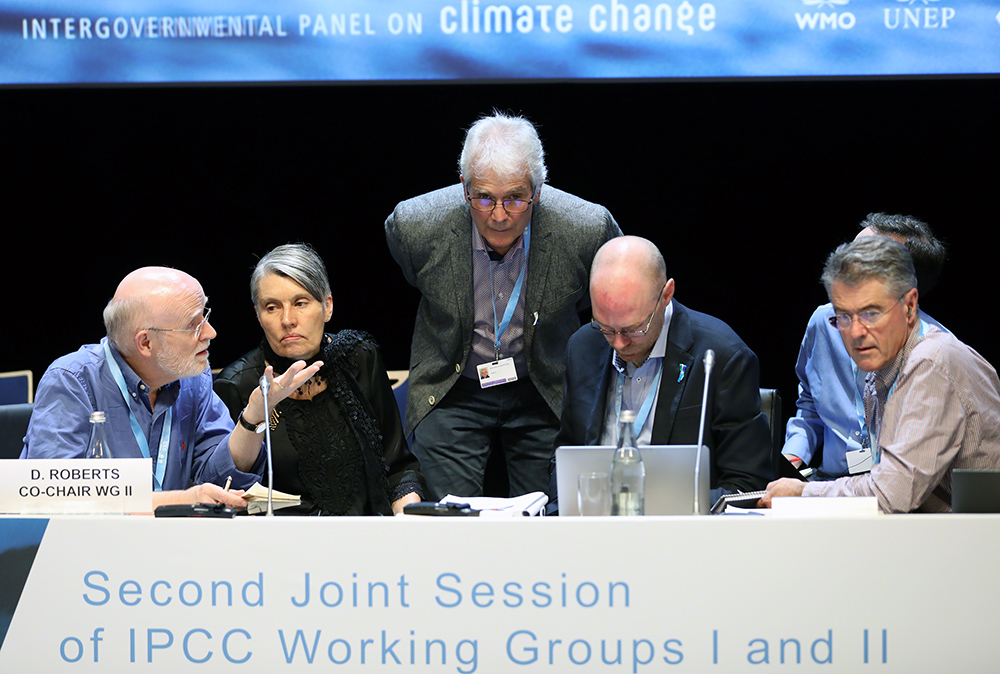
3. UN Climate Summit in Madrid closed without agreement on the global market rules under the umbrella of Paris Agreement.
On December 2nd to 15th 2019, the 25th Conference of the Parties (COP25) to the United Nations Framework Convention on Climate Change (UNFCCC) took place in Madrid, Spain. Organised by Chile, the summit aimed at finalizing regulations and ensuring its full implementation. After long and fraught negotiations, COP25 became the longest meeting in its history, but the parties still have no agreements on the detailed market rules yet, nor consensus on key issues such as enhancing climate ambition and financing.
The year of 2020 is definitely the new milestone of global climate actions. According to the UNFCCC, all parties should submit a more ambitious NDC by 2020, and are invited to release their long-term low carbon development strategy from 2020 to the mid-century. During this process, the parties should endeavour to adhere to the principle of inclusiveness and ambition by fully respecting the urgency revealed by scientific research, and listening to the voices of climate-fragile groups and indigenous peoples.
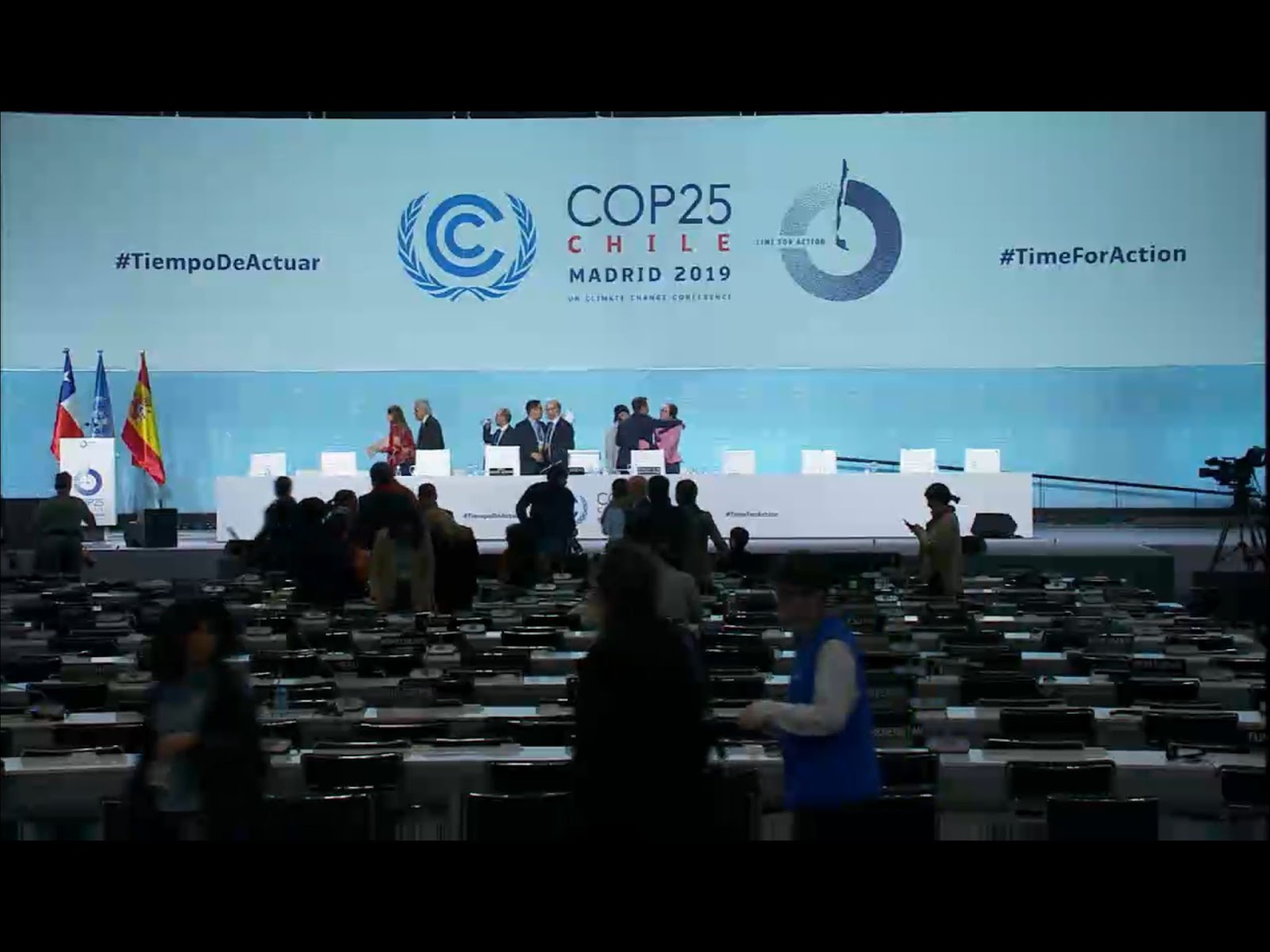
After the announcement of a climate and environmental emergency in Europe and globally by the European Parliament on November 28th, the European Commission released the European Green Deal on December 11th, to respond to climate change, loss of biodiversity, pollution and destruction of forests and oceans and other challenges, and to transform to a resource-saving modern economy with equality and prosperity. The European Union strives to realize carbon-neutral by 2050, and become the first climate-neutral continent in the world.
This target is supported by all member states except Poland. The European Commission plans to issue the first climate law by March 2020 to legalize the carbon-neutral target, so that the EU-wide policy departments can contribute to the implement of this target.
The European Green Deal provides a roadmap of for a clean transition in Europe, outlines the needed investment and financing tools, and explains how to ensure a just and inclusive transition. The European Commission will work closely with member states to ensure that related legislation and policies are effectively implemented and that no one is left behind. The European Union also plans to submit an updated NDC in mid-2020, and plans to invest 1 trillion euros in the next ten years to promote sustainable investment and combat climate change.
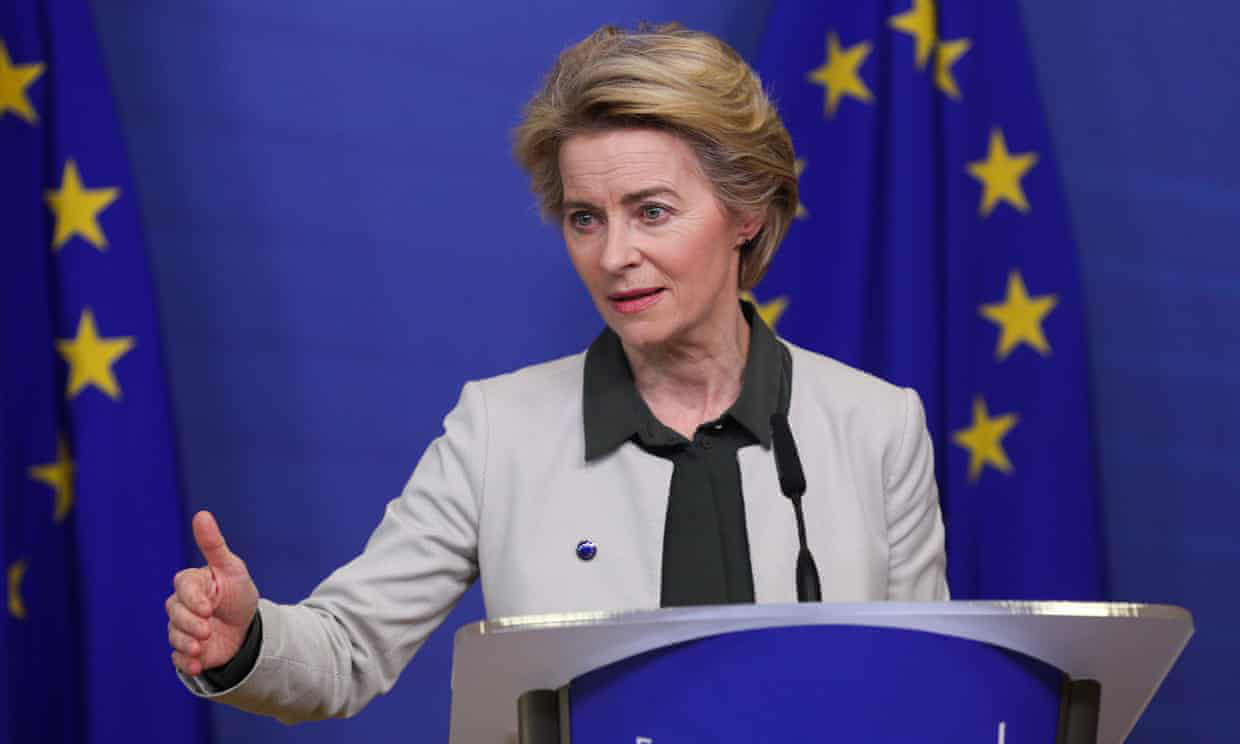
5. Germany promised to realize carbon-neutral by 2050 and first legalized 2030 emission reduction target.
On November 15th, the German lower house of Parliament passed climate protection laws, to determine the mid- and long-term greenhouse gas reduction targets in legal form for the first time, that carbon emissions must be reduced by 55% of 1990s levels by 2030 and realize net zero emission by 2050; and government departments should first realize net zero emission by 2030. According to the law, the German Federal Environment Agency will be responsible for measuring emissions annually, and an independent expert commission will carry out the evaluations.
The legislation, as well as Climate Action Plan 2030, is part of the Climate Action Programme introduced by the German parliament in September 2019. According to this Programme, Germany will take a series of measures to achieve the 2030 emission reduction targets, including the implementation of CO2 emissions pricing in the transportation and construction fields, encouraging energy-saving renovation of buildings, supporting related scientific research and other areas.
However, population growth, economic growth, immigration pressure, little effect in reducing emissions in the transportation industry and other facts, the German government stated that it cannot meet its 2020 emission reduction targets. Climate Action Plan 2030 and the Climate Protection Law will hopefully be a new steppingstone to narrow the emission reduction gap.
Since the 2030 Plan requires the government to continuously evaluate its progress, the German finance minister believes that it will make it easier for Germany to implement the 2030 climate goal, and provide more opportunities while curbing climate change.
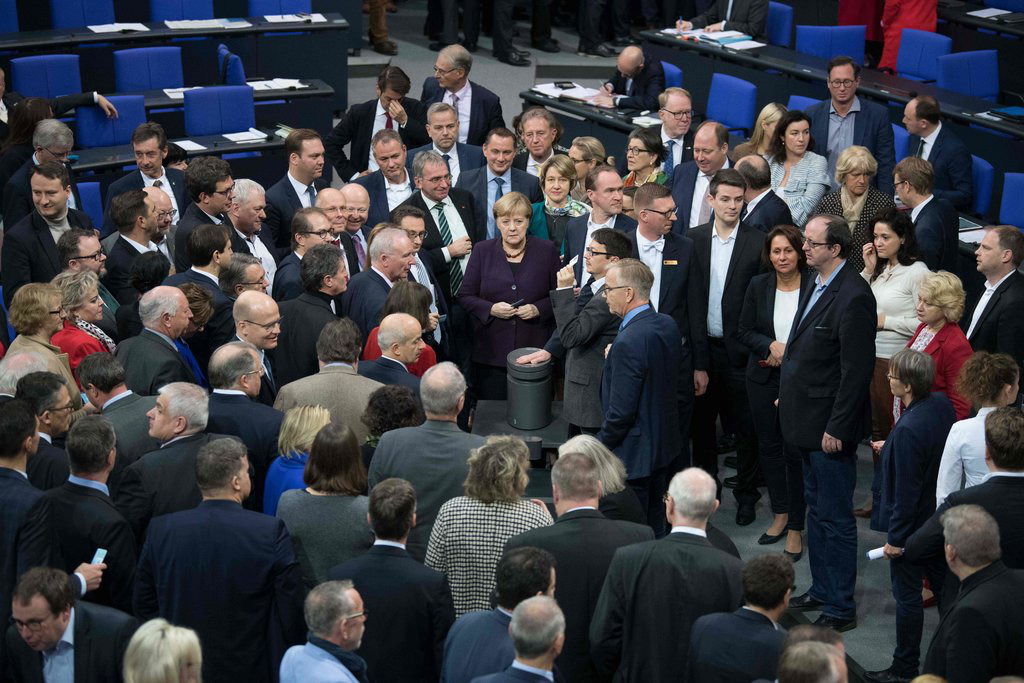
6. Chinese Ministry of Ecology and Environment (MEE) released a trial plan for allocating emissions allowances to the power sector. An open and transparent trading market with established systems and active trading by 2025.
On September 2019 the Chinese Ministry of Ecology and Environment (MEE) released a trial plan for allocating emissions allowances to the power sector. This plan is expected to be the basis for further refinement of the allocation plan for the upcoming simulation phase of China’s national ETS. The trial plan adopts benchmarking method for allowance allocation and includes two allocation systems, which are identical in most respects but differ in their benchmarks.
In April 2019, the Interim Administrative Measures on Emission Trading (Draft for Comment) was released, which is the first major policy released by MEE after restructuring. The regulation will serve as a legal framework for the construction and operation of the national ETS after its formal promulgation in the future. Although it is still at the stage of soliciting opinions, the regulation sent a signal that the national ETS is being actively promoted and strengthens market confidence.
At the press conference for the report, Zhao Yingmin, Vice Minister of MEE, said that it can be expected to see an open and transparent trading market with established systems and active trading by 2025. By the end of October 2019, the trading volume of carbon emission quota in seven pilot carbon emission trading regions in China had reached 347 million tons of carbon dioxide equivalent. The positive progress of controlling greenhouse gas emissions through market means was initially apparent.
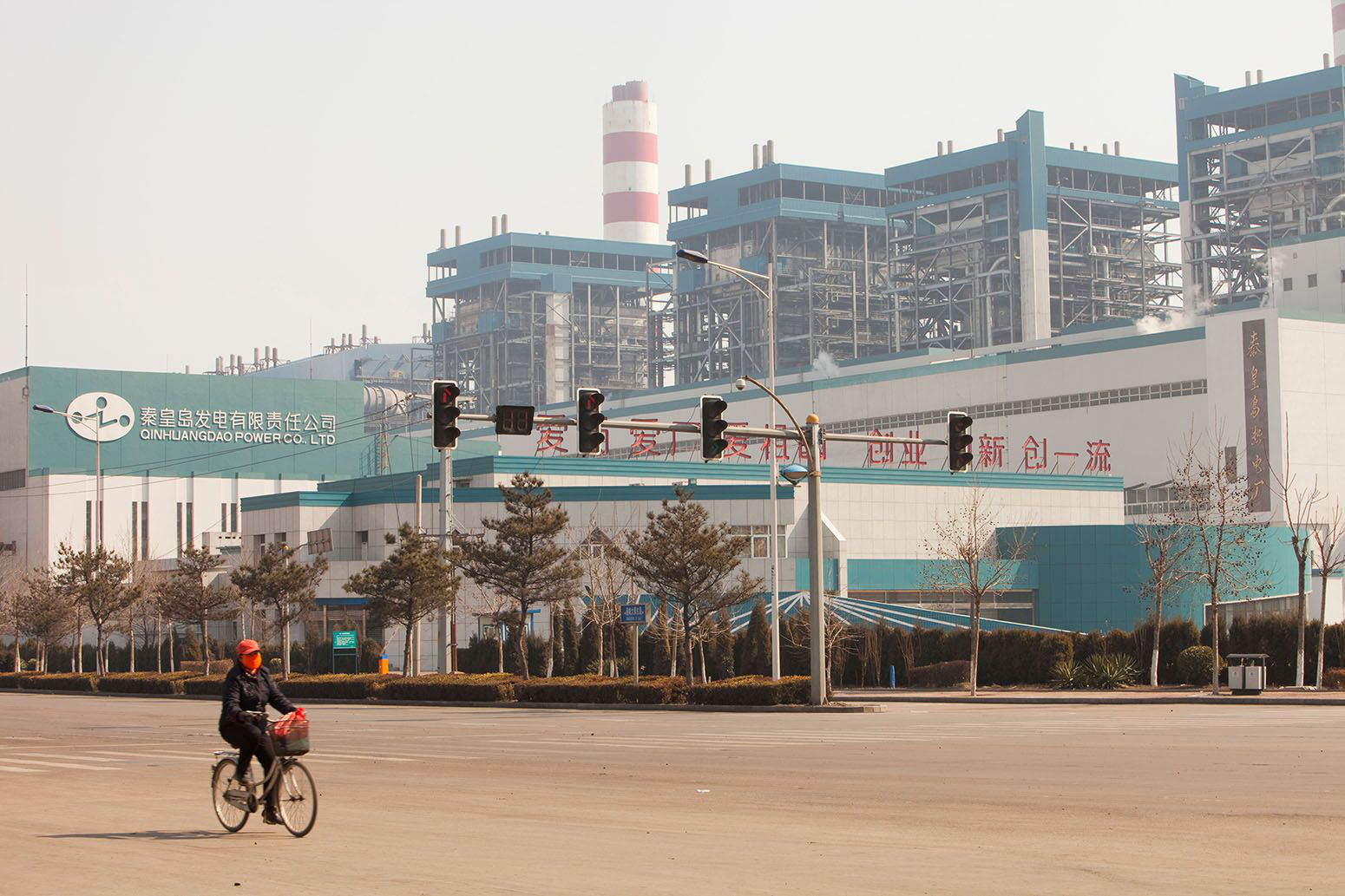
Resource: Twitter
7. The shared urgency of addressing climate change took an historic step forward today with 27 countries pledging to replenish the Green Climate Fund (GCF) by USD 9.78 billion equivalent.
27 countries pledging to replenish the Green Climate Fund (GCF) by USD 9.78 billion equivalent at the GCF’s First Replenishment, which took place on October 2019 in Paris. 14 countries, including Denmark, France, Germany, Indonesia, the Republic of Korea and UK, doubled or more than doubled their pledges announced at the conference in 2014.
The amount pledged exceeds the one announced at the Fund’s previous pledging conference in 2014, even though some of those contributors have yet to pledge USD 100 billion. In addition, developed countries have yet to set targets, timetables and roadmaps for new climate finance under the Paris Agreement. Developed countries still need to speed up their efforts to provide adequate, sustained and timely support to developing countries in a transparent, predictable and public fund-based manner.
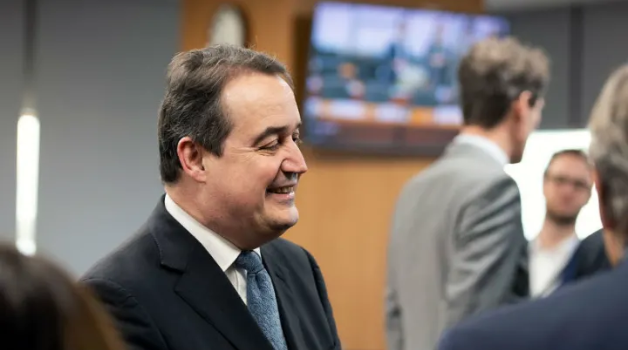
8. The European Investment Bank (EIB) commits to ending financing for fossil fuel energy projects by the end of 2021
The European Investment Bank (EIB) has announced a new climate strategy and energy project lending policy. The strategy enables the EIB to be the first international finance institution to effectively end financing for coal and lignite power generation and will see the organisation end financing for fossil fuel energy projects by the end of 2021.
EIB believes that Carbon emissions from the global energy industry reached a new record high in 2018 and banking industry must act urgently to counter this trend. The EIB Group will align all its financing activities with the principles and goals of the Paris agreement by the end of 2020. In the near future this will be complemented by measures to ensure EIB financing contributes to a just transition for those regions or countries more affected so that no one is left behind.
Future financing will accelerate clean energy innovation, energy efficiency and renewables. The EIB will gradually increase the share of its financing dedicated to climate action and environmental sustainability to reach 50% of its operations in 2025. In addition, the bank set a new Emissions Performance Standard of 250g of CO2 per Kilowatt-hour (kWh) to replace the old one. Energy experts anticipated that the EIB’s new standard will make gas project loan more difficult than ever. Those will face specific energy investment challenges.
The Finance Ministers of 51 countries reached an agreement on Coalition of Finance Minister for Climate Action), San Diego action plan at COP 25 in 2019. The plan aims to stronger and more effective actions and makes commitment to tackle Climate change. It will help mobilize and facilitate the funds required to implement the NDC in each country, provide supports to members countries in the process of policy making, in order to make sure climate risk and vulnerability are thoroughly considered in economic plans.
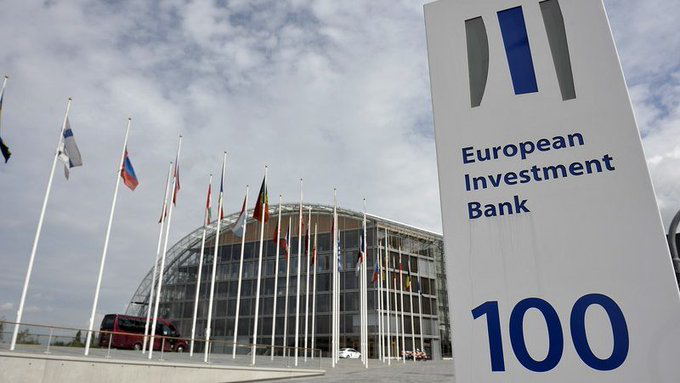
Resource: EURACTIVE
9. The installed capacity of renewable energy has increased to more than one third of the world's total installed capacity, the global investment in renewable energy capacity is more than $250 billion for five consecutive years.
Renewables 2019 Global Status Report (GSR) released by REN21 demonstrates that the installed capacity of renewable energy has increased to more than one third of the world's total installed capacity, of which about 100GW of photovoltaic power has been installed, accounting for 55% of the total installed capacity of renewable energy. In 2018, the total installed capacity of photovoltaic power has reached 505GW, an increase of nearly 35 times over the level of a decade ago, making it the fastest growing energy technology in the world.The rapid growth of renewable energy depends on continued large-scale investment in renewable energy.
Global Trends in Renewable Energy Investment released by Frankfurt School-UNEP Collaborating Centre for Climate & Sustainable Energy Finance points out, despite the continuing decline in the cost of capital for solar and wind energy projects, global investment in renewable energy capacity reached $272.9 billion in 2018, more than $200 billion for nine consecutive years, and more than $250 billion for five consecutive years, more than twice of global investment in coal and natural gas power generation capacity combined.The report notes that between 2010 and 2019, global renewable energy generation increased about fourfold, from 414GW to about 1650GW. In 2018, renewable energy accounted for 12.9 percent of the world's electricity generation, saving the global power sector about 2 billion tons of carbon dioxide emissions, accounting for about one-seventh of global power sector emissions that year.
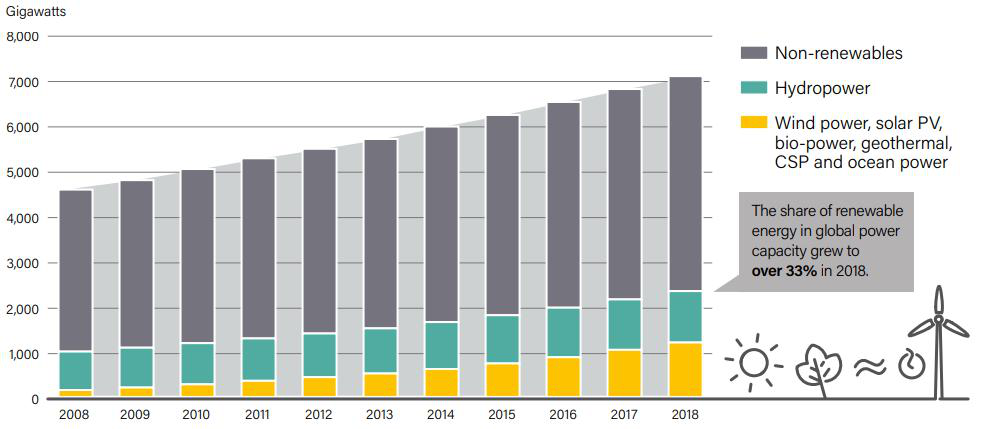
The renewable energy has reached 33% of global total installed power generation capacity
Resource: REN21’s report
10. Movement Fridays for Futrue was recognized with UN’s Champion of the Earth for Inspiration and Action. Global teenagers call on immediate action to tackle climate change.
On the eve of the 2019 United Nations climate summit in New York, movement Fridays for Futrue was recognized with UN’s Champion of the Earth for Inspiration and Action. On March 15, 2019, over 1.6 million young people from more than 120 countries around the world launched global climate strike movement, in response to Fridays for Future initiated by Swedish teenager Greta Thunberg, calling for ambitious climate action among goverments immediately, in order to ensure the implementation of the Paris agreement. From then on, on Friday of each week, students and people from various sectors have taken to the streets in regular demonstrations demanding that countries recognize the reality and seriousness of climate change and take urgent action. Fridays for Future wins plenty of support despite criticism and accusations from a small group of adults.The students clarified the strike itself was not the motive for the action, nor was it merely an expression of frustration, but a form of protest demanding that countries immediately translate commitments they had made into clear climate action. UNEP said the presence of young people was a reminder to the world that today's choices will have an impact on the future and that everyone should do everything they can to respond to climate emergencies.
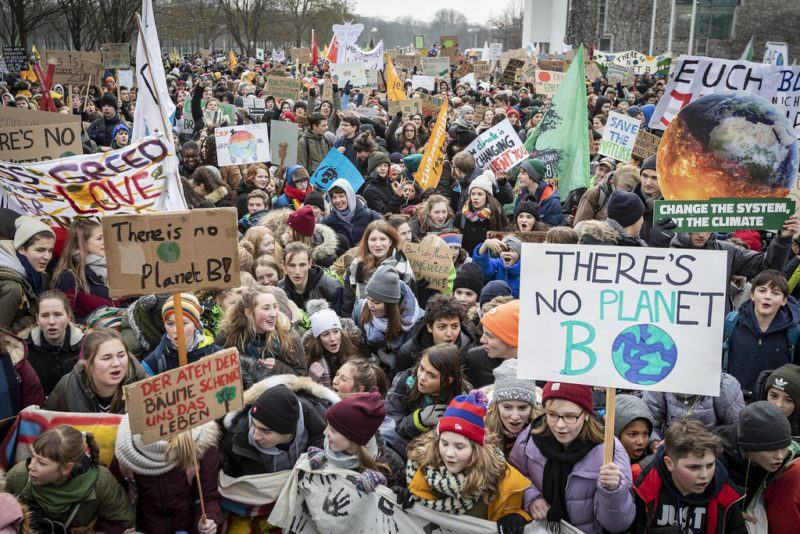
Resource: Citynow
Article from Greenovation Hub
Co-author:
The IFF Global Green Development Center
Greenovation Hub